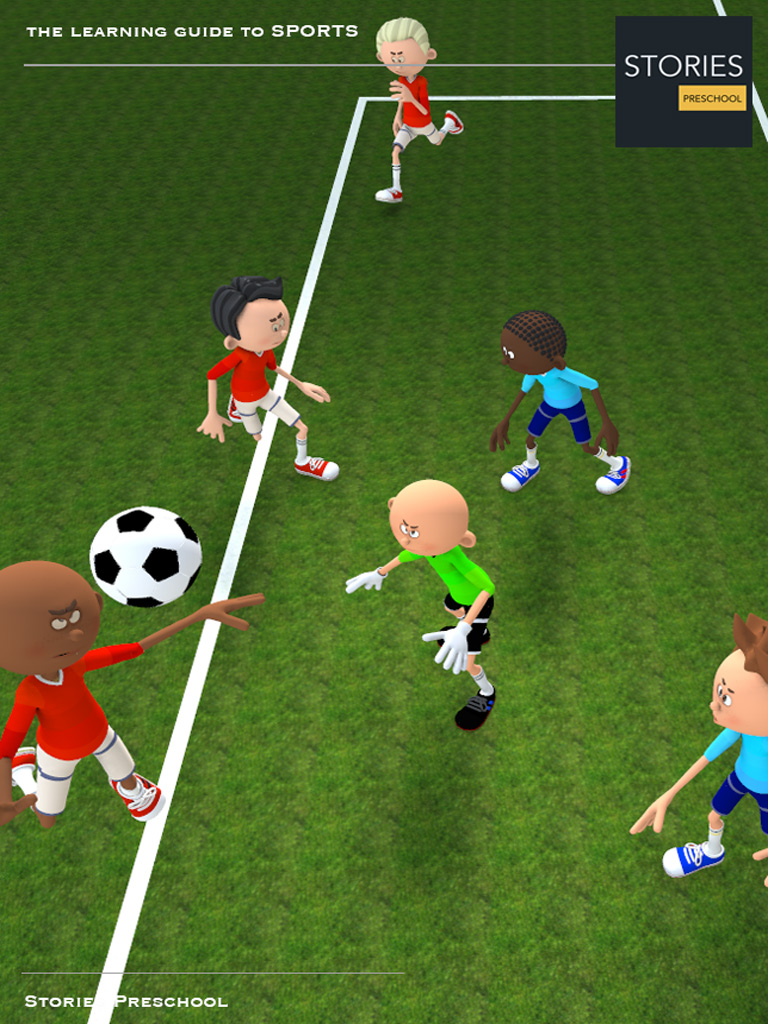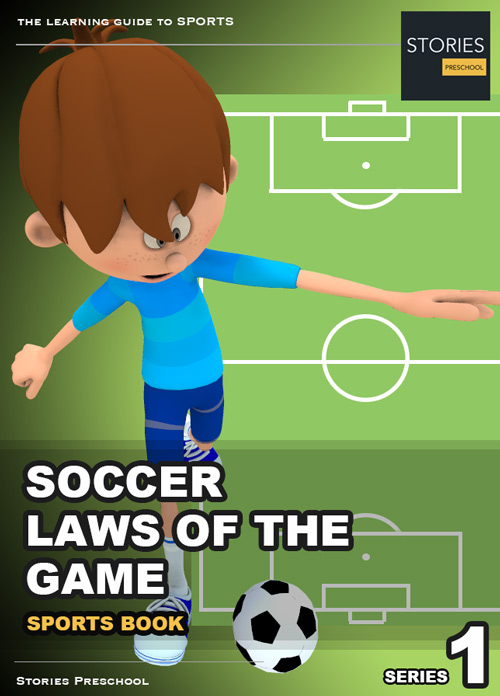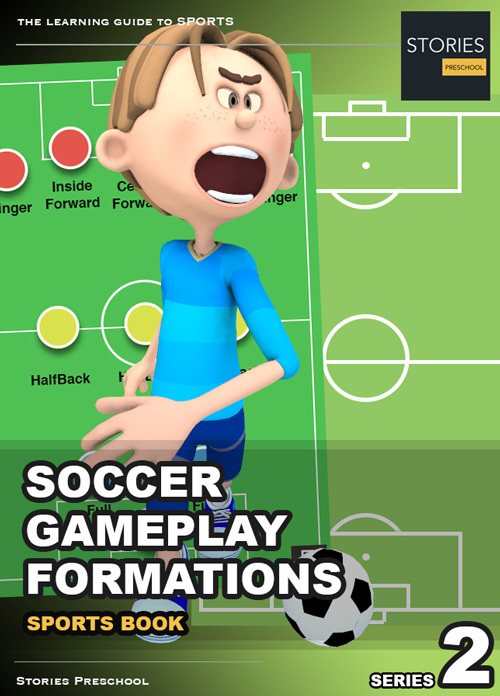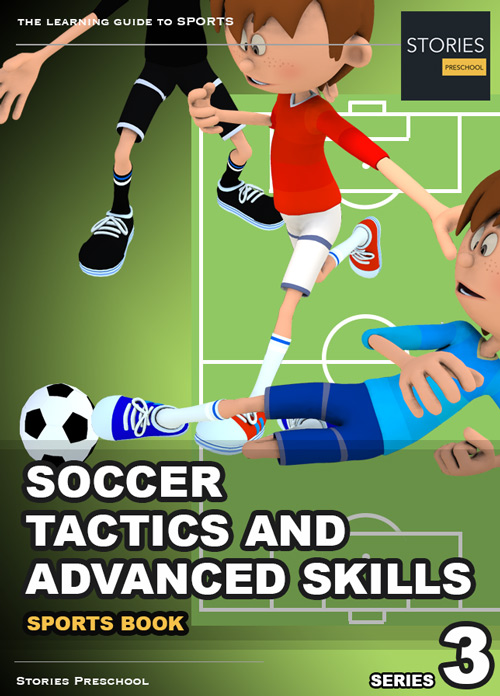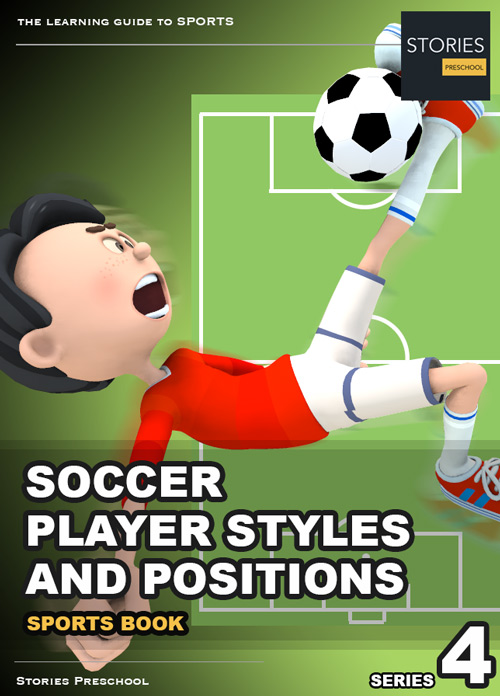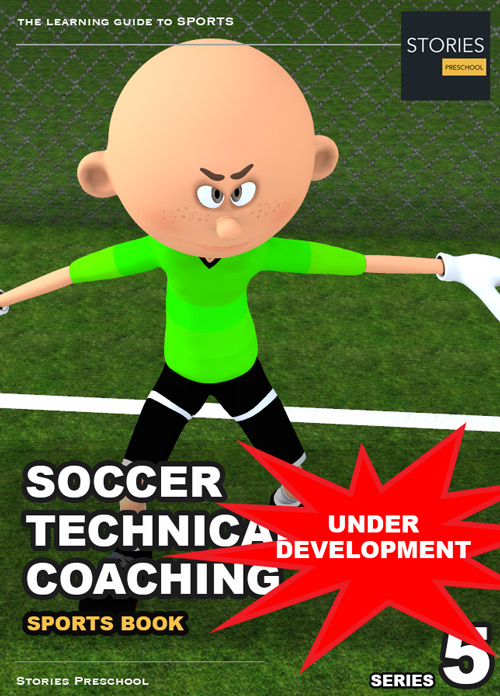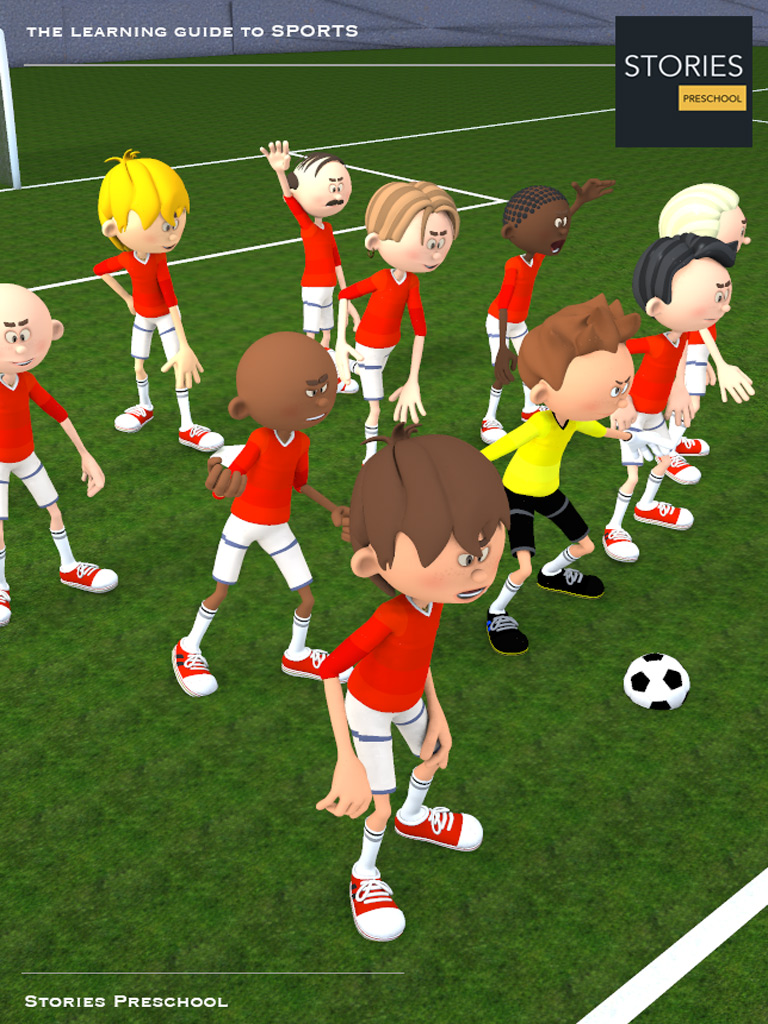Soccer
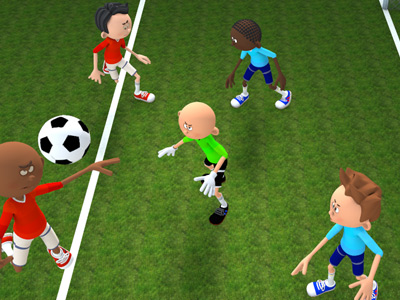
Laws of the Game
The Laws of the Game are the codified rules that help define association football. They are the only rules of association football subscribed to by the sport's governing body FIFA. The laws mention the number of players a team should have, the game length, the size of the field and ball, the type and nature of fouls that referees may penalize, the frequently misinterpreted offside law, and many other laws that define the sport. During a match, it is the task of the referee to interpret and enforce the Laws of the Game.
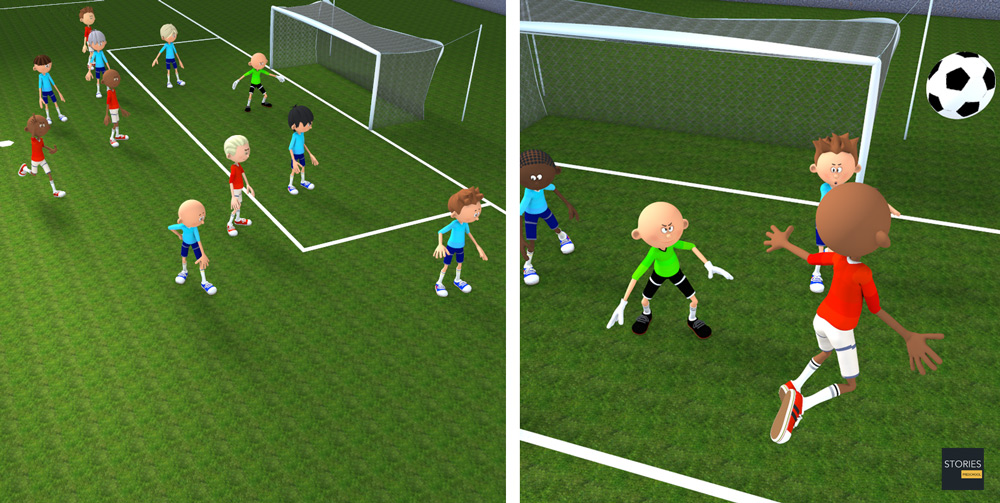
There were various attempts to codify the rules of football in England in the mid-19th century. The extant Laws date back to 1863 where a ruleset was formally adopted by the newly formed Football Association. The original Laws were heavily influenced by the Cambridge rules and their early development saw substantial influence from the Sheffield Rules. Over time the Laws have been amended, and since 1886 they have been maintained by the International Football Association Board.
Current Laws of the Game
Individual laws
The current Laws of the Game (LOTG) consist of seventeen individual laws, each law containing several rules and directions:
- Law 1: The Field of Play
- Law 2: The Ball
- Law 3: The Number of Players
- Law 4: The Players' Equipment
- Law 5: The Referee
- Law 6: The Assistant Referees
- Law 7: The Duration of the Match
- Law 8: The start and restart of play
- Law 9: Ball in and out of play
- Law 10: The Method of Scoring
- Law 11: Offside
- Law 12: Fouls and Misconduct
- Law 13: Free kicks (direct and indirect)
- Law 14: The Penalty Kick
- Law 15: The Throw-in
- Law 16: The Goal Kick
- Law 17: The Corner Kick
Presentation and interpretation
Today, in print form the 17 laws are less than 50 pages of a 140 by 215 mm (roughly A5-size) pamphlet. In 1997, a major revision dropped whole paragraphs and clarified many sections to simplify and strengthen the principles. These laws are written in English Common Law style and are meant to be guidelines and goals of principle that are then clarified through practice, tradition, and enforcement by the referees.
The actual law book has long contained 50 pages more of material, organized in numerous sections, that contain many diagrams but did not fit with the main 17 laws. In 2007, many of these additional sections along with much of the material from the FIFA Questions and Answers (Q&A), were restructured and put into a new "Additional Instructions and Guidelines for the Referee" section. This section is organized under the same 17 law points, consists of concise paragraphs and phrases like the laws themselves, and adds much clarifying material that had been only available from national organizations and word of mouth among referees. The entire 2015/2016 edition is 144 pages.
Referees are expected to use their judgement and common sense in applying the laws; this is colloquially known as "Law 18".
Jurisdiction and change management
The laws are administered by the International Football Association Board (IFAB). They meet at least once a year to debate and decide any changes to the text as it exists at that time. The meeting in winter generally leads to an update to the laws on 1 July of each year that take effect immediately. The laws govern all international matches and national matches of member organizations. A minimum of six of the eight seat IFAB board needs to vote to accept a rule change. Four seats are held by FIFA to represent their 200+ member Nations, with the other four going to each of the British associations (the FA representing England, the SFA representing Scotland, FAW representing Wales and the IFA representing Northern Ireland), meaning that no change can be made without FIFA's approval, but FIFA cannot change the Laws without the approval of at least two of the British governing bodies.
History
Pre-1863
Games which could be described in the most general sense as 'football' had been popular in Britain since the Medieval period. Rules for these games, where they existed, were not universal nor codified. A significant step towards unification was the drafting of the Cambridge rules in 1848 – though these were not universally adopted outside Cambridge University. The first and still oldest Football Club was Sheffield FC (founded in 1857), who in 1858 codified the Sheffield rules of football. The Sheffield rules were popular and adopted by several Northern and Midlands clubs.
1863 rules
The Laws were first drawn up by Ebenezer Cobb Morley and approved at a meeting of the newly founded Football Association (FA) on 8 December 1863. These rules were heavily based on the Cambridge rules which were codified in 1848.
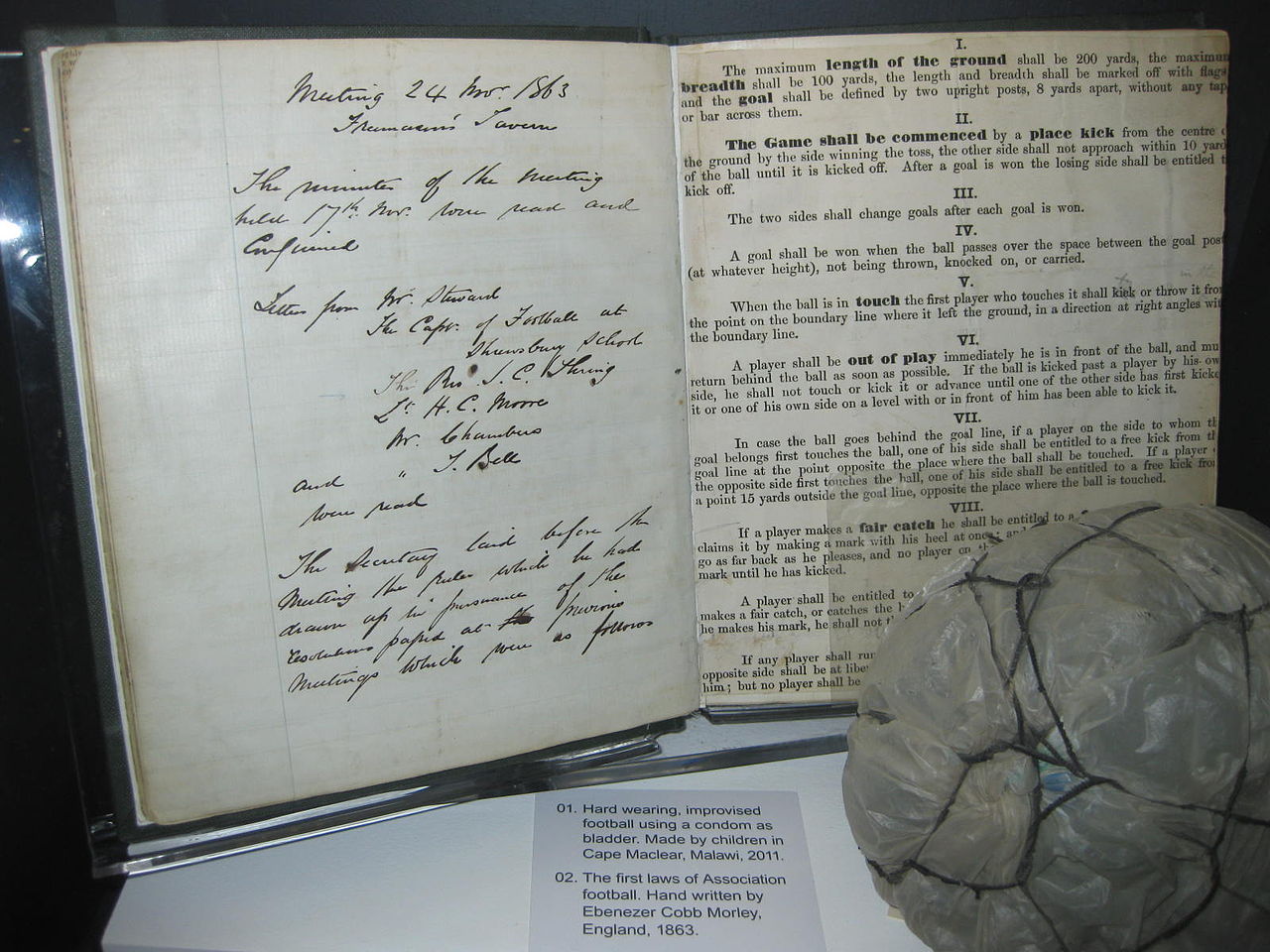
The original hand-written 'Laws of the Game' drafted for and on behalf of The Football Association by Ebenezer Cobb Morley in 1863 on display at the National Football Museum, Manchester
The Football Association Laws of 1863 were published on 5 December in Bell's Life in London for approval. While the game described in the original Football Association Laws is substantially different from the modern game, 1863 is generally considered to be the beginning of modern association football, and the point of divergence of the game from rugby football.
Adoption of the laws was not universal among English football clubs. The Sheffield Rules continued to be used by many. Additionally, in preference of a more physical game with greater emphasis on handling of the ball, several decided against being part of the FA in its early years and would later form the Rugby Football Union.
At its meeting on 8 December the FA agreed that, as reported in Bell's Life in London, John Lillywhite would publish the Laws. The first game to be played under the new rules was a 0-0 draw between Barnes and Richmond.
IFAB created
Minor variations between the rules used in England (the jurisdiction of the Football Association) and the other Home Nations of the United Kingdom: Scotland, Wales and Ireland, led to the creation of the International Football Association Board to oversee the rules for all the home nations. Their first meeting was in 1886. Before this, teams from different countries had to agree to which country's rules were used before playing.
FIFA adoption
When the international football body on the continent FIFA was founded in Paris in 1904, it immediately declared that FIFA would adhere to the rules laid down by the IFAB. The growing popularity of the international game led to the admittance of FIFA representatives to the IFAB in 1913. Up until 1958 it was still possible for the British associations to vote together to impose changes against the wishes of FIFA. This changed with the adoption of the current voting system whereby FIFA's support is necessary, but not sufficient, for any amendment to pass.
Notable amendments
Notable amendments to the rules include:
- 1866 – Forward passes are permitted, as long as there are three defending players between the receiver and the goal. This was the first step from a consideration of offside as seen in modern rugby towards the offside rule known in association football today. The fair catch (still seen in other football codes) is eliminated.
- 1871 – Introduction of the specific position of goalkeeper.
- 1877 – Full unity with the Sheffield Rules is established – several features of the northern code had been incorporated into the London-based association rulebook over the preceding 14 years.
- 1891 – The penalty kick is introduced.
- 1925 – The offside rule is reduced from three to two defending players between the player and the opponent's goal line.
- 1958 – Introduction of substitutes.
- 1970 – Introduction of red and yellow cards.
- 1992 – Introduction of the back-pass rule.
- 2012 – Goal-line technology permitted (but not required); first used in competition at the 2012 FIFA Club World Cup
Video technology
Unlike in several other sports, in association football television replays are not permitted to be part of the match officials' decision-making process. The extent to which game rules and practices should be amended to allow this has been a matter of considerable debate.
Live trials of video technology use are planned, beginning in the 2016-17 season or earlier.
SPORTS
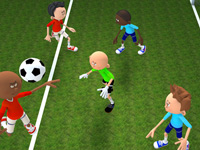
RESOURCES
This article uses material from the Wikipedia articles "Association football" and "Laws of the Game (association football)", which is released under the Creative Commons Attribution-Share-Alike License 3.0.
© Stories Preschool. All Rights Reserved.
